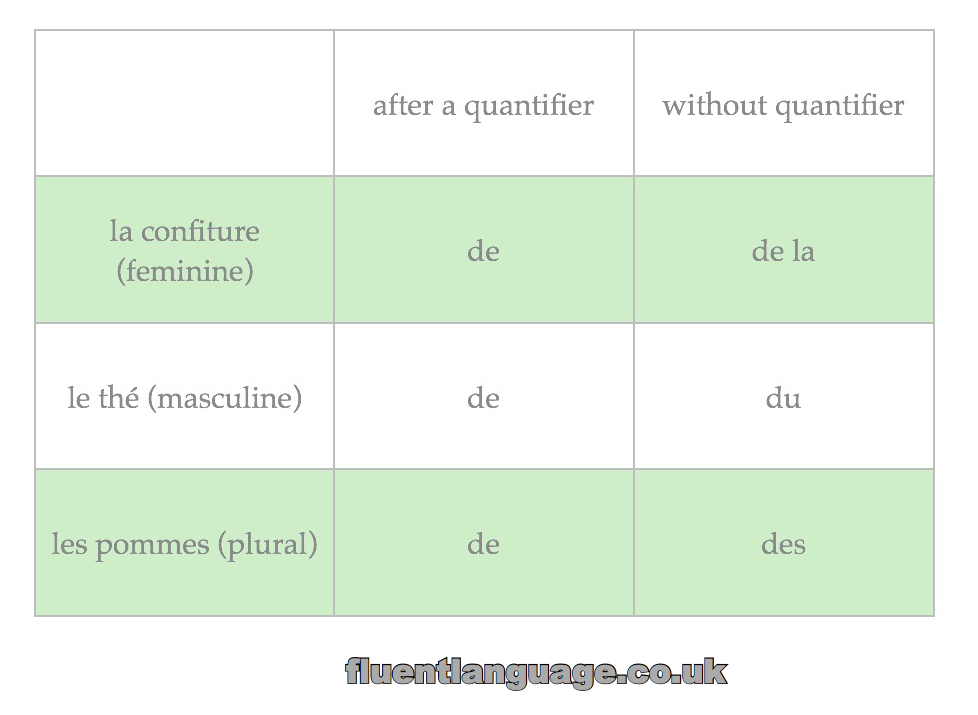You may have heard that some countries have a fifth season of some kind. Maybe monsoon season or the time of the cherry blossoms. But did you know that right in the heart of Europe the serious, hard-working* Germans celebrate their own fifth season called carnival?
Deutsche Welle has made a fun little video introducing the uninitiated to one of our most fabulous traditions:
The celebration is called Karneval, Fasching or Fastnacht - different regions give it different names. It starts with womens' thursday (Weiberdonnerstag), when women are allowed to cut off the tie of any man they encounter! It's followed by mock-serious carnival conventions all throughout the weekend, where the "carnival president" makes a speech called the Büttenrede and a fake army performs dances while the audience get to drink, laugh and sway with linked arms.
On the Monday (Rosenmontag), the country has a day off work and school in order to attend processions where you do more dancing and singing and admire themed floats and costumes. Everybody shouts Helau! or Alaaf! and the children receive sweets which are thrown from the procession - called Kamelle, so if you're ever in Germany at this time make sure you shout the right thing.
The biggest and most famous capital city is Köln (Cologne), where hundreds of thousands will come together today to admire the Rosenmontagszug. I kind of wish I was there...
Germany is not the only country in Europe that dedicates itself to celebrating carnival - you can find parades and fun in Switzerland, Austria, Belgium, Luxembourg and many other countries too.
Let's enjoy these two days of fun and fancy dress with classic carnival songs, because on Ash Wednesday (Aschermittwoch) it's all over!
Helau!
*All stereotypes!






